How to Water Plants in Raised Garden Beds Hack
Okay, I just wanted to share a quick tip with you that I have been using this year. We have raised garden beds. You can see how we built them here, and you can see how we filled them here! Today I want to share with you how to water plants in a raised garden bed if you do not have a drip irrigation or sprinklers. Water your vegetable gardens easily with this method.
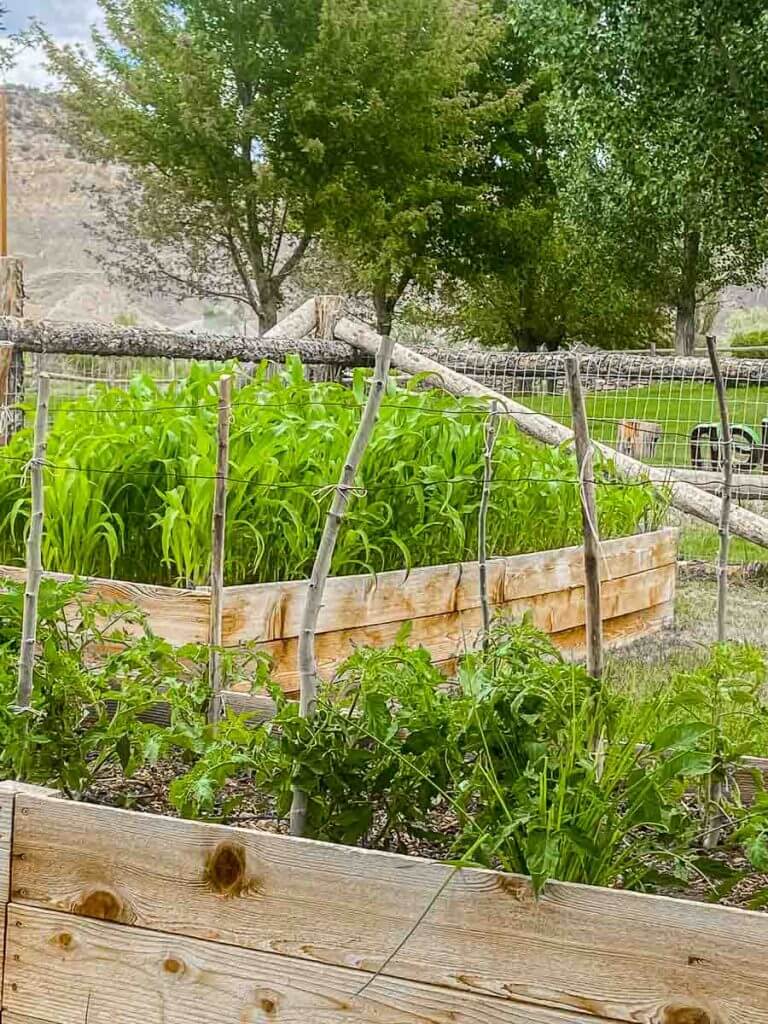
We are often changing around our planting plans and we have very dirty irrigation water so doing a drip irrigation on our planted boxes was not realistic. That said, I would totally do one if it was feasible. Maybe one day it will be but we have to do a lot of work first!
So, if you are like me and water your garden beds by hand, then this is the perfect hack for you! It is an affordable little tip that helps get that water to the roots of your plants.
We have soil that makes it hard to absorb the water past the first inch or two of dirt, even with all the amending I have done, we still have some sand to seal with that prevents the water from penetrating to the roots.
Because of this I felt like I spent a long time watering the plants to make sure they were getting enough water.
I decided to try something out. If you save all those small pots that you get your plants in, you know, the black or brown containers with holes in the bottom? Well, we have tons of them because I always end up saving them so that we can reuse them to plant seeds in the spring. But we always have a surplus.
So, I decided to use them to my advantage. They make the perfect tool to get the water right to the roots of your plants. Let me show you how!
First, dig a hole near your plant. You want it to be deep enough for the container to sit in, just above the soil line. You do not want it to sit below the soil line or it will fill up with dirt really fast and then it wont be effective.

Place your container in the hole and pack some dirt around it. You ideally want it to be angled towards the roots of the plants. I find this mostly beneficial to plants like tomatoes, peppers, pumpkins, squash and cucumbers.

Once you have the dirt packed around the container simply fill the container with water and it will drain right down towards the roots of your plants! I use our hose to water the plants.
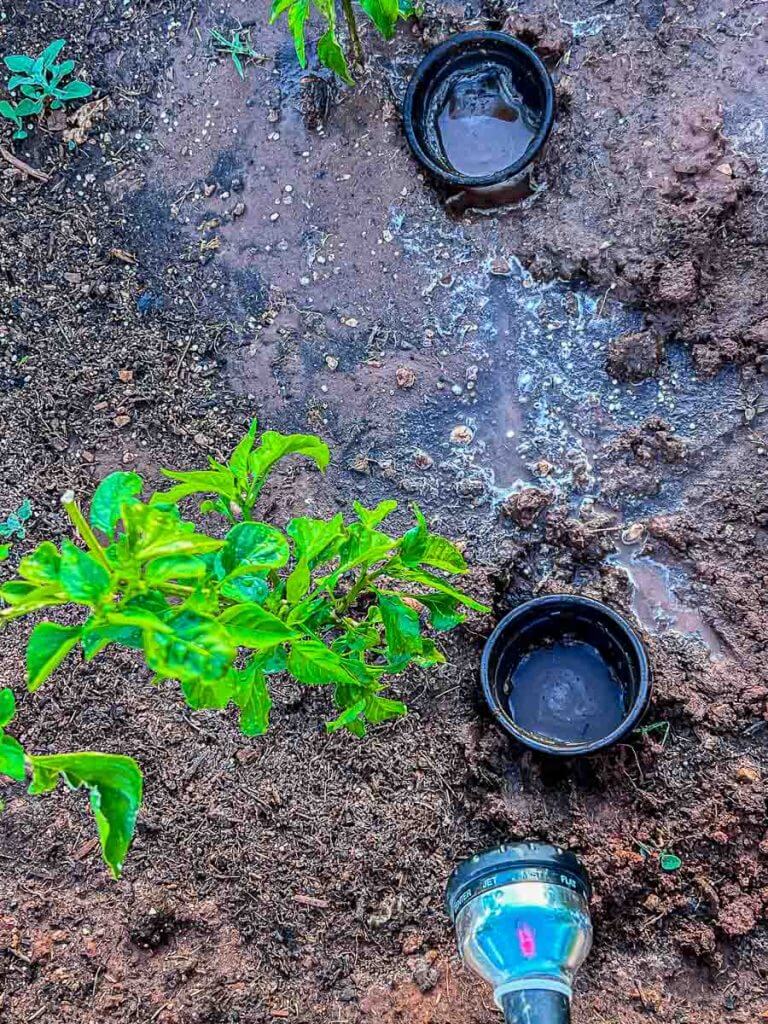
I still water the rest of the soil, but this gives them a chance to get direct watering at the roots.

Note: Be aware of where the roots are and do not dig too close or uncover them. I like to place my containers about 4-5 inches from the base of the plant.
This is a temporary and affordable option for someone who is needing to figure out how to water their plants better. Before doing this, my tomato plants and pepper plants were struggling. Once I implemented this method, they have thrived and I feel like I am using less water because I am getting directly to the roots.
Watering Tips
- When your tomato plant leaves start to wilt it is time to water them. Tomato plants like to be stressed just a little bit. They do not like to be over watered. Excess water will cause root rot.
- Try to plant drought-tolerant plants if you live in a more arid environment with little water.
- Add mulch on the soil surface to help the soil retain more soil moisture. This will allow you to go longer between waterings.
- Try to capture rainwater to help when you have dry weather.
- You vegetable plants watering needs may be different depending on what zone you live in.
The desired wetness will depend on your area. We are quite dry so we have to use a bit more water. Remember too much water can cause root rot so be mindful of that.
Plants that Benefit from This Watering Method
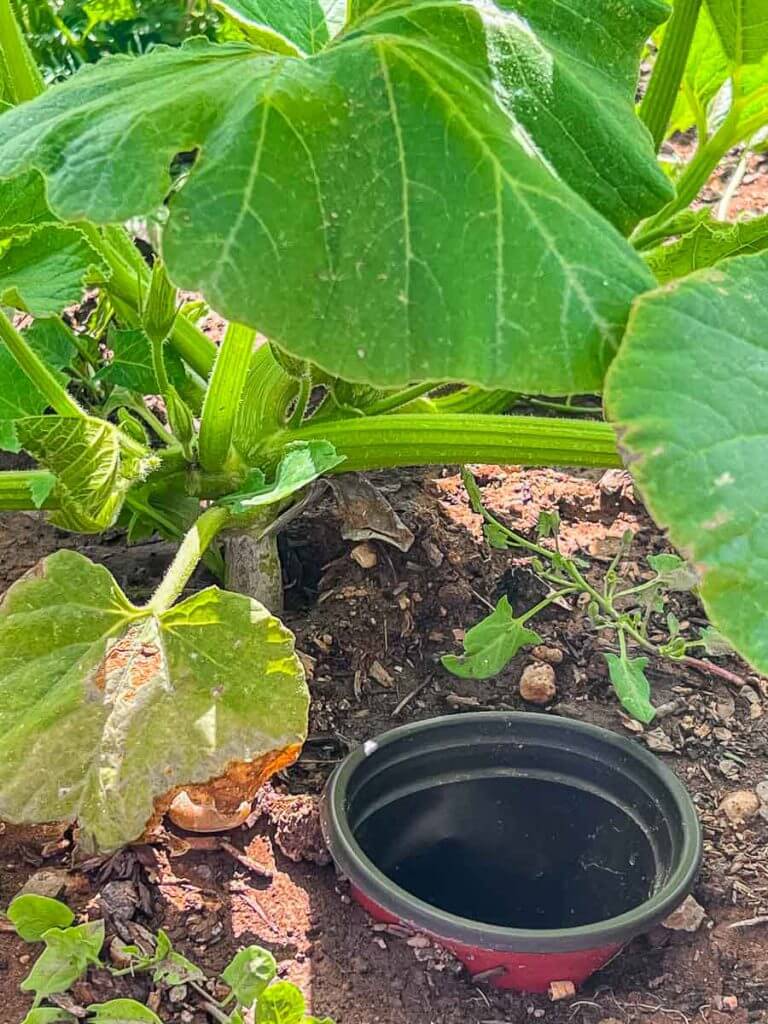
Other Watering Options
- Soaker Hose
- Irrigation Systems
- Sprinklers
- Watering wand
I put a container next to each plant I had. We have about 15 tomatoes plants, 10 peppers and about 10 squash/pumpkin plants. It only took me about an hour to put them all in. It has saved me a lot of time as well as saved my plants!
This is a great way to reuse those container pots and give them another life. I hate throwing them away and always try to find a use for them. This is a great way to use them. You could also use PVC pipe cut to length and then stick it in the ground(you can then water right in pipe), but I didnt want to use our pipe that we have other uses for.
This is also a great way to prevent overwatering because the water will slowly drain into the soil and I can tell when its saturated because the water does not drain out.
The drainage holes in the containers help to drain the water and prevent evaporation of surface water.
If you are in a pinch and need a helpful way to water your plants, try this out!
Don’t forget to pin this for later!
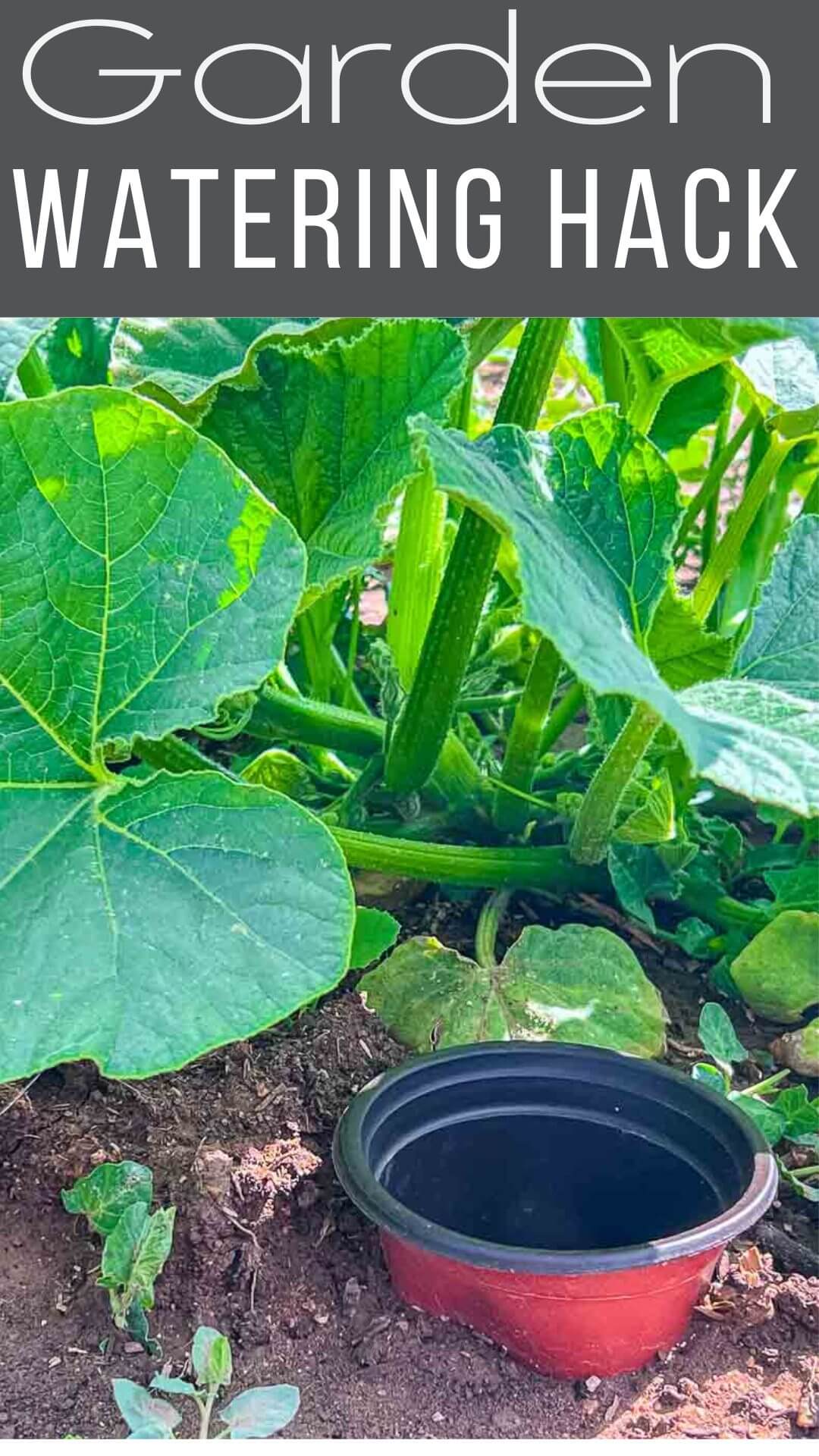

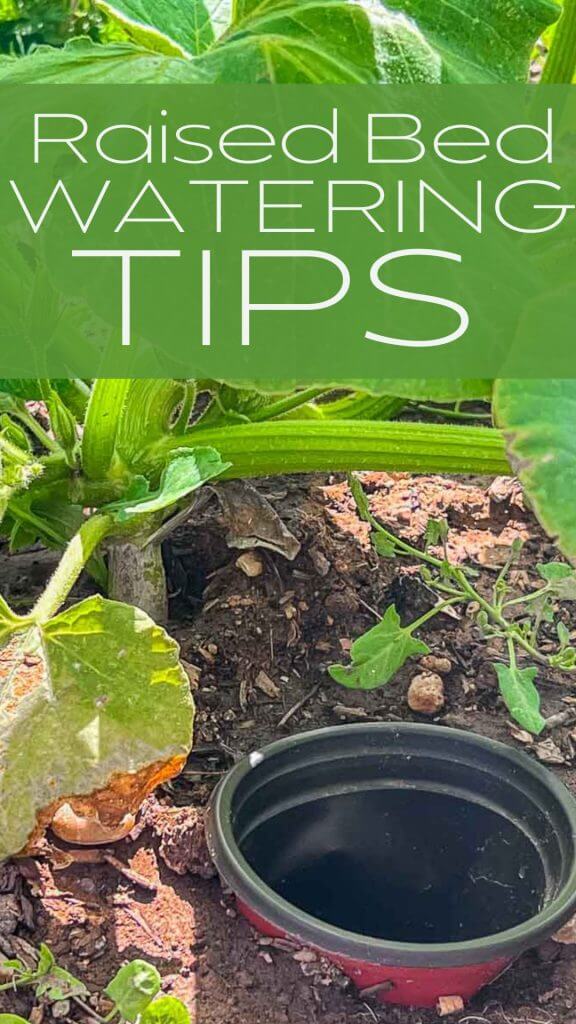
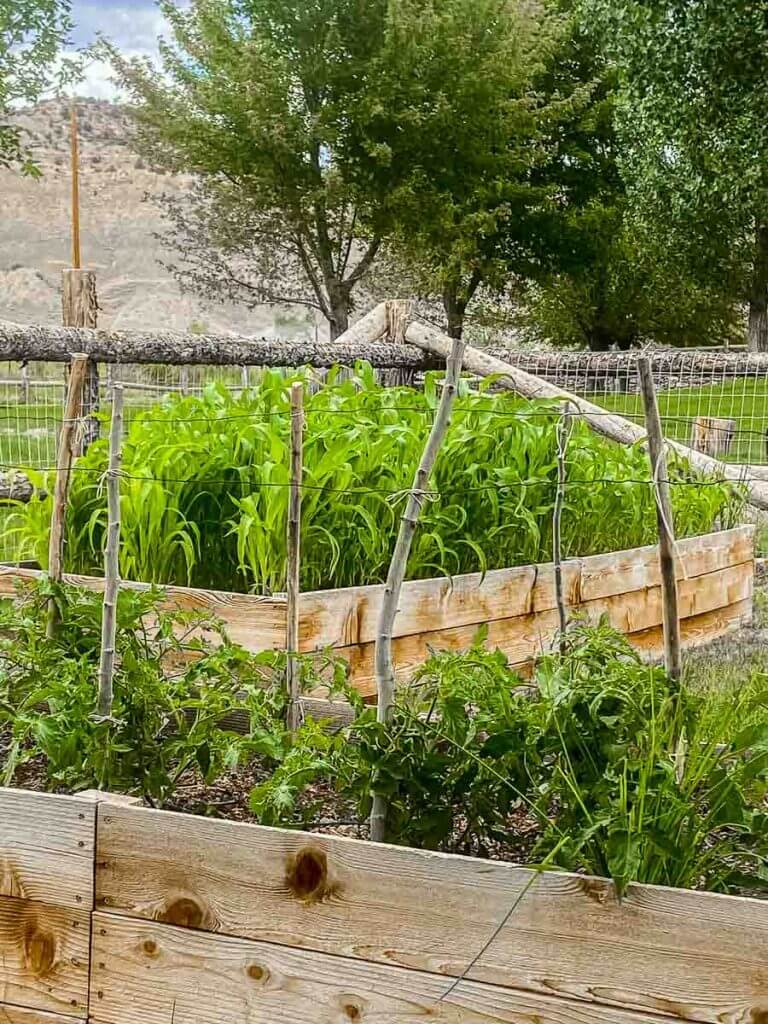

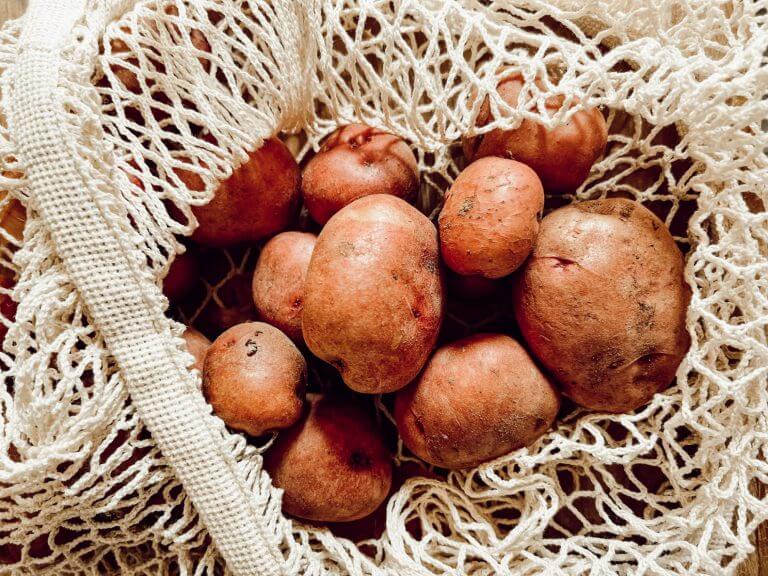
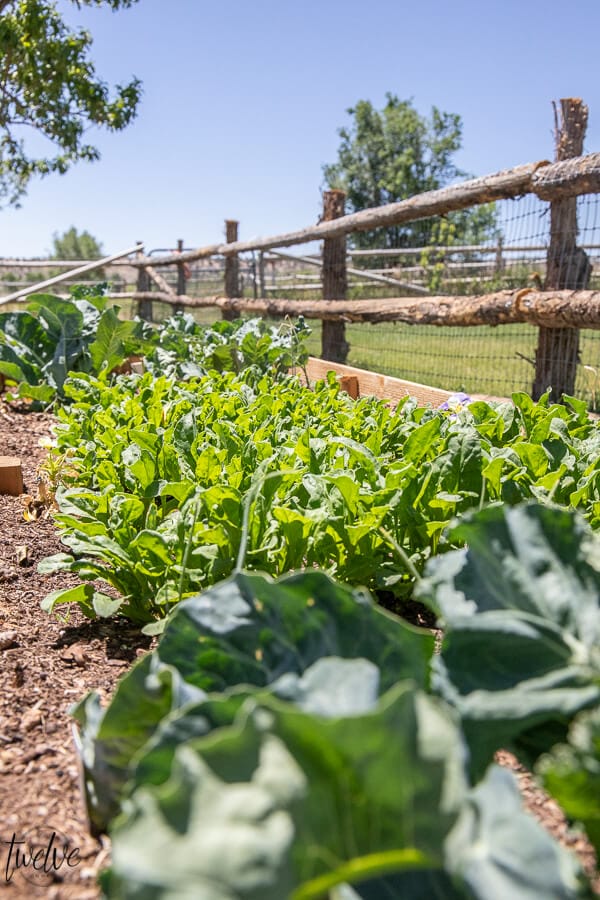

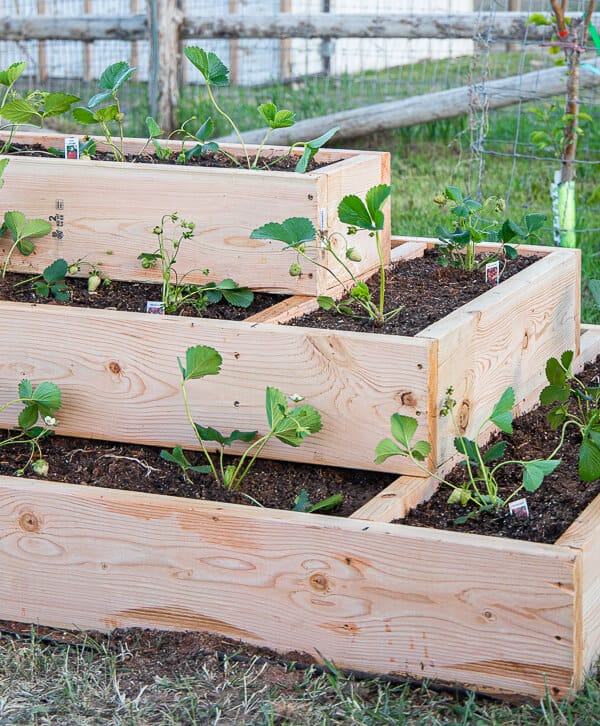

This is a great idea. And I have LOTS of containers. 😉